TOP 10 most poisonous plants
The first reason why some indoor plants cannot be kept at home is the content of poison in their leaves, stems, flowers. They are physically dangerous for children and animals who love to taste everything. And for adults - when transplanted or pruned, toxic milky juice can cause allergies or burns.
Dieffenbachia
A cute indoor flower with variegated leaves is actually one of the dangerous plants for the home. Its stems contain caustic juice, which, if ingested, will adversely affect digestion and make breathing difficult. And on the surface of the skin it can cause serious burns. It was this aggressiveness that became the reason for the ban on the cultivation of dieffenbachia in kindergartens.
Important! When pruning, transplanting any plants containing poisonous sap, to avoid problems, work with gloves!
Spurge
The flower family of euphorbia plants belongs to cacti: if the latter are as dangerous as possible with their thorns, then this representative of the family contains dangerous milky sap in its stem. In contact with mucous membranes, it causes burns, dizziness, nausea.
Aglaonema
By one appearance, we can say that the plant belongs to the aroid family, like Dieffenbachia. Since both species are native to the American tropics, one can understand their toxicity: in the course of evolution, plants simply developed a working defense mechanism so as not to be eaten.
You can keep this houseplant at home, but place it out of the reach of pets and small children. The poison from the stems, berries corrodes mucous membranes, causes allergies.
Amaryllis
The danger of the "room lily" is represented by bulbs and white juice - they contain the alkaloid lycorin. At small doses, the substance is even useful - it has an expectorant, antiseptic, antitumor effect. But a violation of the dosage will lead to severe nausea, vomiting.
Cyclamen
Despite the fact that this houseplant cannot be kept at home, it often becomes a resident of window sills due to its beauty. If you have already got such a pet or really want to, be careful: fresh juice from the stems and roots can lead to irritation of the mucous membranes, swelling, sore throat, and difficulty breathing.
Ivy
This decorative vine has gained its popularity due to its easy care, active growth. Disputes about the danger of cheders do not subside, because not all varieties are poisonous. And in some plants, poison is contained exclusively in flowers. One way or another, do not try the leaves and stems "by the mouth", just in case, keep the plant away from children and pets.
Oleander
The most beautiful tree with charming flowers is actually the most dangerous killer plant. One leaf can lead to fatal poisoning, irregular heartbeat, juice in the eyes to blindness, smoke from burning branches will cause serious poisoning.
Even the poison of a dried plant is dangerous.These indoor flowers cannot be kept at home with a small child or curious animal.
Sansevieria
Regardless of whether the mother-in-law's tongue or the pike's tail lives on your window, be careful: the fleshy leaves of the plant contain saponins. These substances are used in medicine as a wound healing agent, but in large quantities and in pure form, they can lead to poisoning.
Do not be afraid to plant this plant or keep it at home: it is unpretentious, decorative, the main thing is not to eat leaves.
Azalea
This houseplant is as dangerous as it is beautiful. The leaves and delicate flowers of the tree contain andromedotoxin - it is worth eating one leaf, you will feel a strong burning sensation, then nausea and diarrhea will begin.
If you do not consult a doctor in time, the poison will cause disruption of the cardiovascular and nervous systems. Eating large amounts can lead to coma and even death.
Ficus
Representatives of this species are, perhaps, in every home. The most dangerous of all are fleshy plant varieties, like elastica ficus - they simply have more milky juice. On the skin, "milk" causes irritation, swelling, if ingested, it leads to dizziness, nausea, and shortness of breath. Make sure that pets do not taste the plant, keep it away from babies.
Important! Ficuses perfectly clean the air and attract dust to their leaves - if they are not cleaned regularly, dust can cause allergies. For the same reason, it is better not to keep it in the kitchen.
Which plants can cause allergies?
The danger of indoor flowers lurks not only in poison, you need to be no less careful with plants that cause sneezing, nasal congestion, redness of the eyes. If you do not take action in time, do not protect yourself from the developing disease, harmless symptoms can lead to asthma and other respiratory diseases.
Eucharis
The plant is practically harmless to the home until it blooms. The flowers of the Amazonian lily contain a high concentration of essential oils, which, when released into the air and respiratory organs, cause severe allergies.
It is also undesirable to eat a plant - at a high concentration, the juice is toxic, causes poisoning.
Pelargonium
The people call this fragrant flower, familiar to everyone, geranium - our grandmothers used to decorate the windows with it. We will not go into the details of the difference in species, we will only say one thing: whatever is on your windowsill, monitor the health of all family members.
The main "pest" is the scent of the flower, it can cause allergies and even asthma. The juice is also considered toxic: if a pet tastes the leaves, poisoning can occur.
Violet
Small window flowers with fluffy leaves are loved by many growers for their neat appearance, many cute flowers, and a pleasant smell. But in the house they can cause serious allergic manifestations: from a runny nose or redness of the eyes, to bronchial asthma.
Allergy to violet is rare, but if you notice its manifestation in households, it is better to get rid of a flower with similar properties.
Palm
Surprisingly, even decorative leafy varieties can cause sneezing, itching. In the case of palms, pollen bumps are dangerous. They are present only on "males", therefore, for keeping in a house with allergy sufferers, choose a female, or cut off the cones at the very beginning of growth.
Important! It is believed that if a palm tree came to your house as an adult, it negatively affects the energy - it is better to grow these plants on your own.
Hyacinth
You should be careful with this bright bulbous - a strong aroma causes not only a runny nose or sneezing, but also severe headaches. If you love hyacinths, but cannot be in the same apartment with them, grow them in an open garden.
Important! Hyacinths are poisonous plants, mainly their bulbs containing toxic juice are harmful, therefore, the transplant is carried out in protective gloves.
Gerbera
Any asters indoors become dangerous due to the large amount of pollen they emit during flowering: with constant contact, allergies can develop even in people who are not prone to reactions.
Advice! To reduce the influence of allergens, get a fern: it is an excellent natural filter, perfectly purifies the air, and has a positive effect on the energy of the house.
What folk signs are there?
Recently, orchids have gained great popularity, many grow at home more than one or even two flowers, forcing pots all the shelves, window sills.
It should be noted that the orchid is considered dangerous: according to legends, it sucks energy from the residents of the house. Most likely, this saying is due to the fact that the orchid, with the help of aerial roots, extracts moisture and nutrients from the air.
Another flower with aerial roots is monstera. Even its name, consonant with the word "monster" already seems dangerous. Signs say that monsters literally take vitality from households, lead to apathy, depression.
In fact, there is only one danger - because of the large leaves at night, the plant absorbs oxygen from the room air, and emits carbon dioxide. Therefore, you should not keep pots with it in the interior of a bedroom or children's room - this threatens with sleep disturbance up to insomnia.
Free girls who dream of marriage need to get rid of cacti at home - it is believed that they drive men away. Vines are also recognized as muzhegons, curly hoyi, cissus, green cypress trees.
Feng Shui bans
Chinese philosophy does not share the beliefs that say which flowers should not be kept at home and why. Feng Shui rather talks about where what flowers should be placed.
The main rule about choosing is sympathy: you must like the plant, otherwise it will not grow, bring positive emotions. Sick, old, dying house plants should also not be kept on the windowsills in the house - they are energy vampires, generate negative emotions.
Heavy energy, according to Feng Shui experts, is possessed by cacti, some succulents, yucca, ehmeya. At the very least, they should not be placed in the bedroom, as a maximum, it is better not to keep them in the apartment at all.
Pelargoniums, ferns, ficuses, crassulas, begonias, myrtles, citrus fruits will help to establish harmony, to neutralize the harm caused. These flowers also attract good luck, wealth, love.
As for the location of the rooms in the house, it is not recommended to keep flowers in the bedroom: they can negatively affect the relationship in a couple.
One more tip - do not place the pots closer than a meter from the desktop, bed, recreation area - the processes of decay in the ground negatively affect the energy of the space.
One way or another, any advice on which flowers should not be kept at home remains just advice. Only you decide to believe them or not and what exactly needs to be grown, bred on your windowsills.

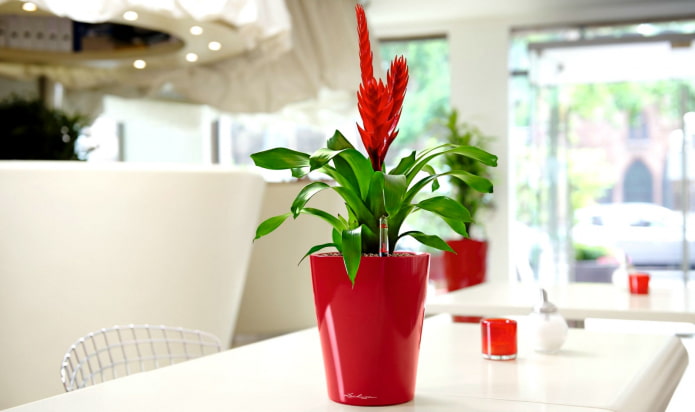
 10 practical tips for arranging a small kitchen in the country
10 practical tips for arranging a small kitchen in the country
 12 simple ideas for a small garden that will make it visually spacious
12 simple ideas for a small garden that will make it visually spacious
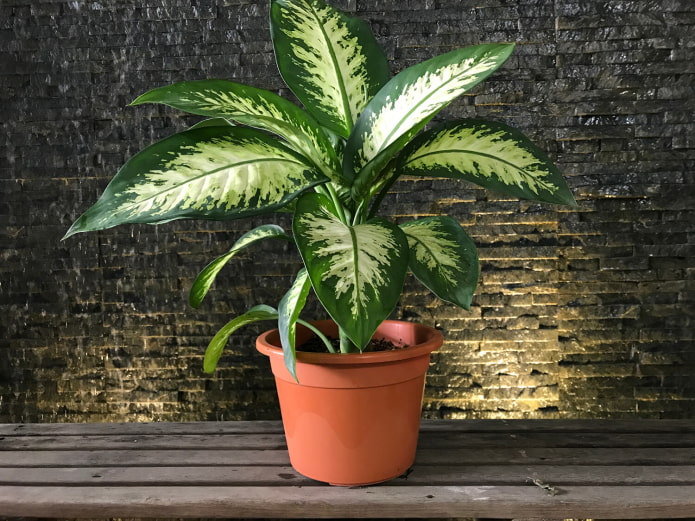
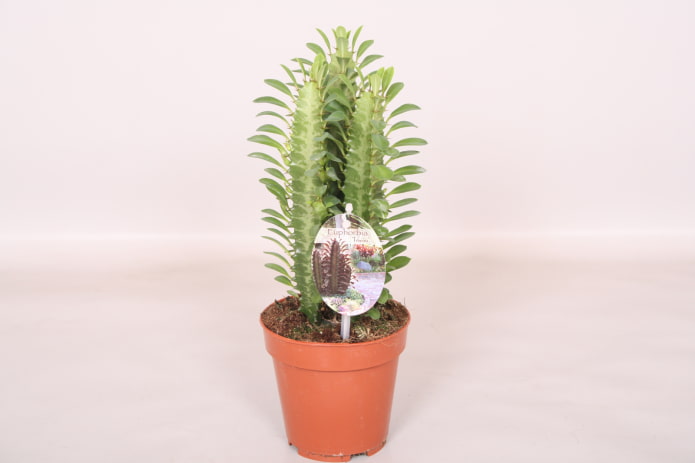



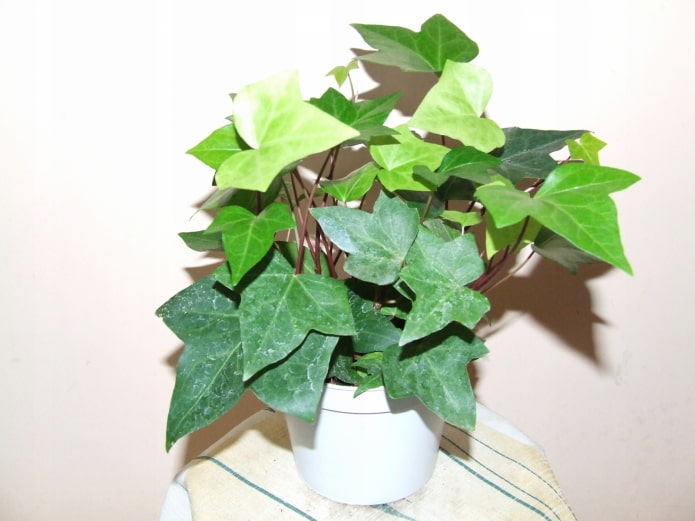
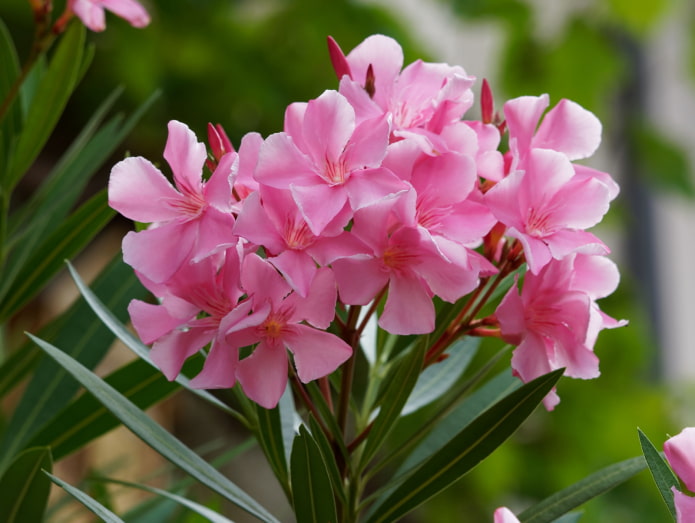

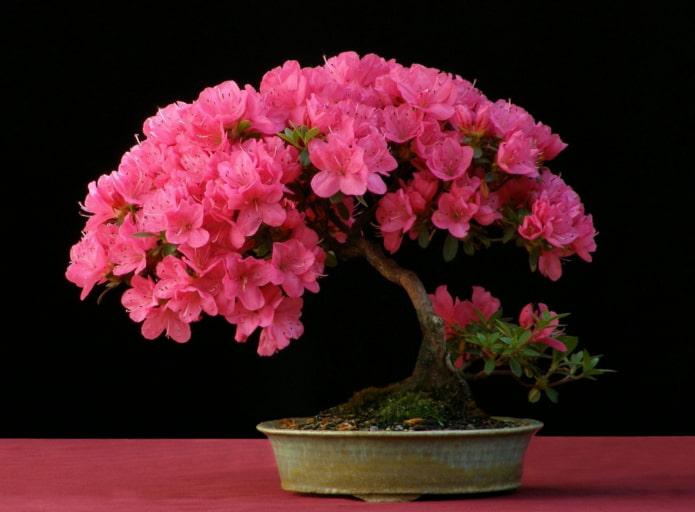
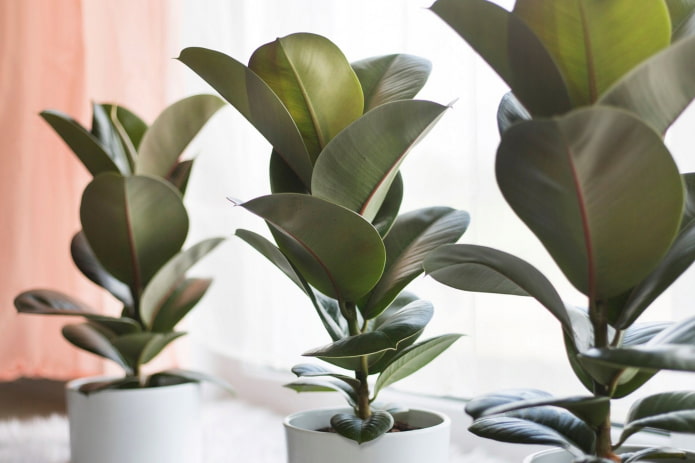
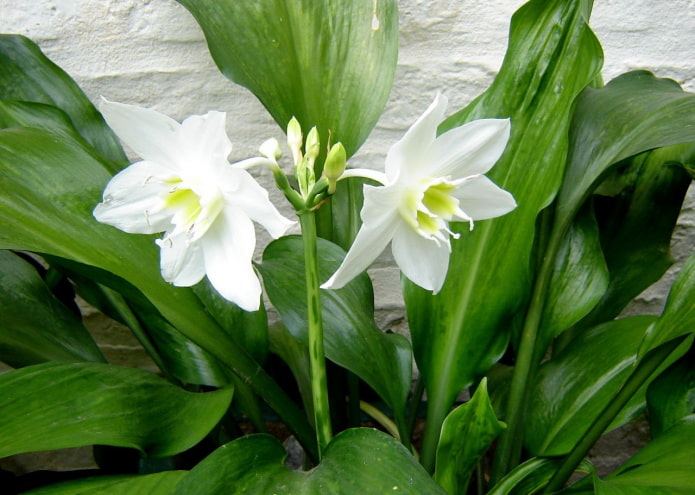
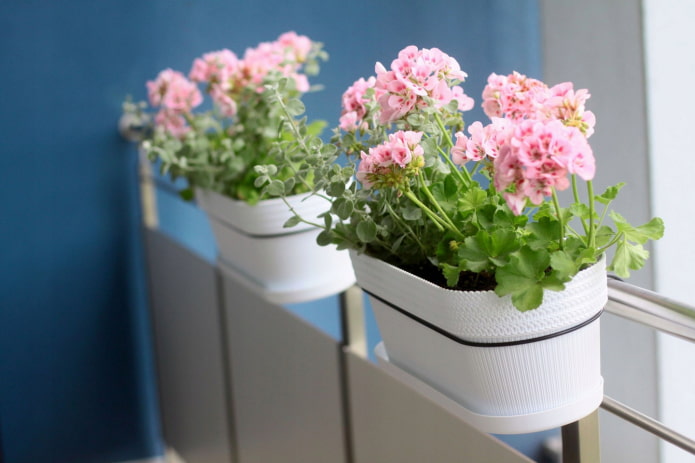
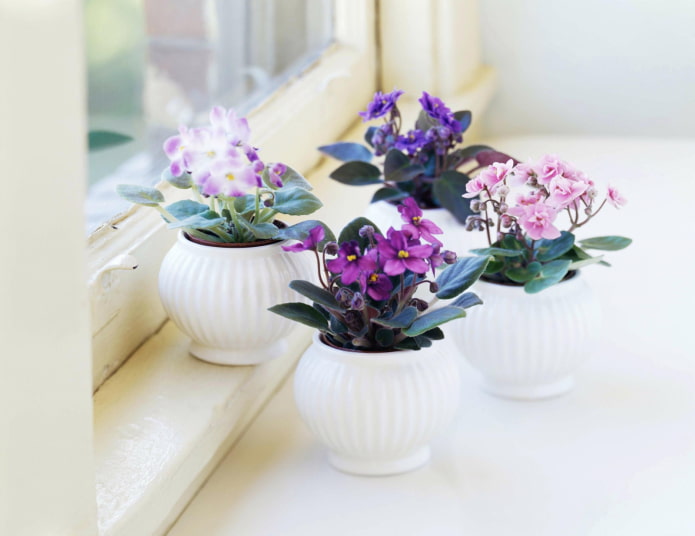
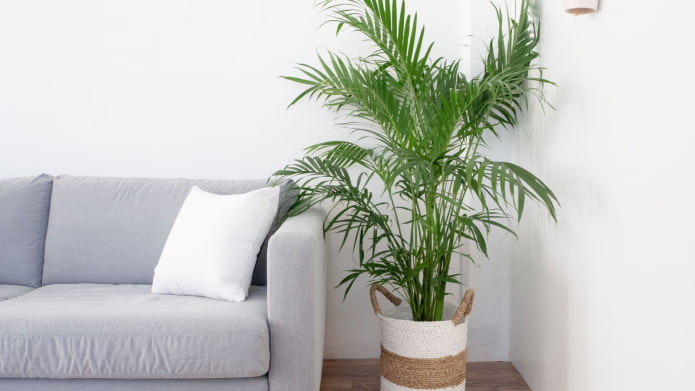

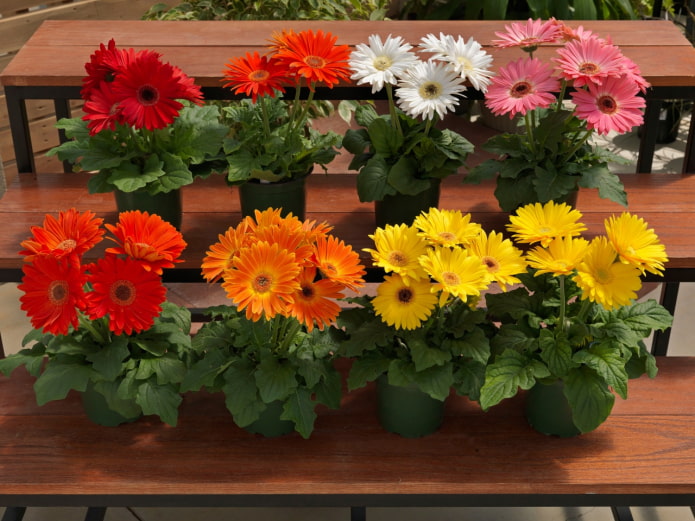

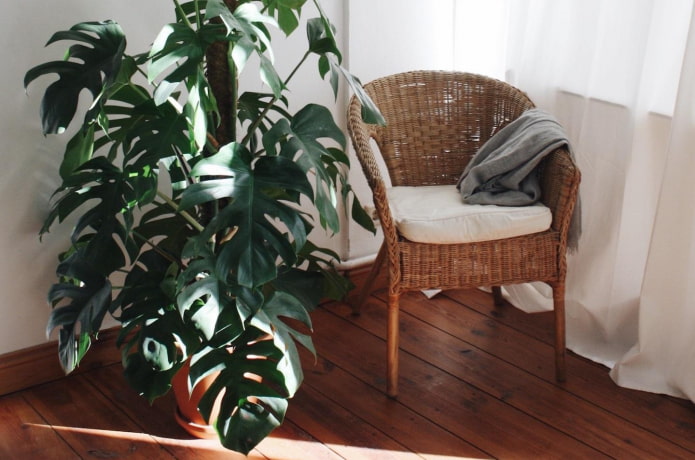
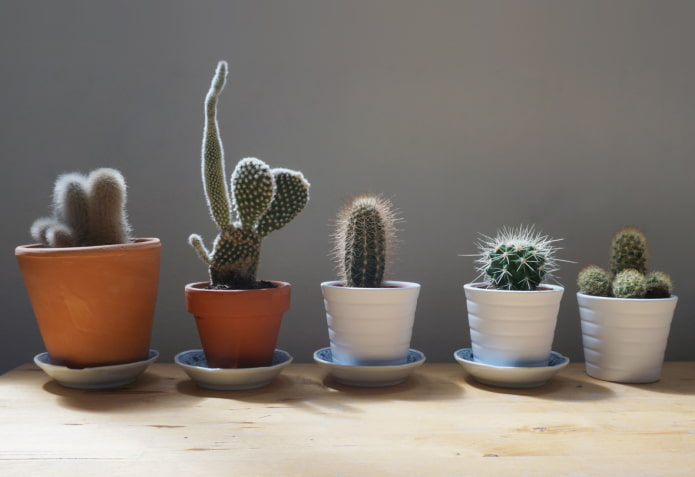
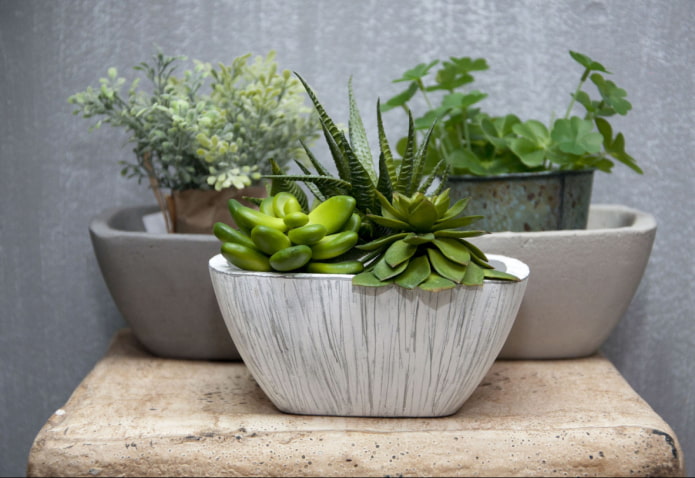
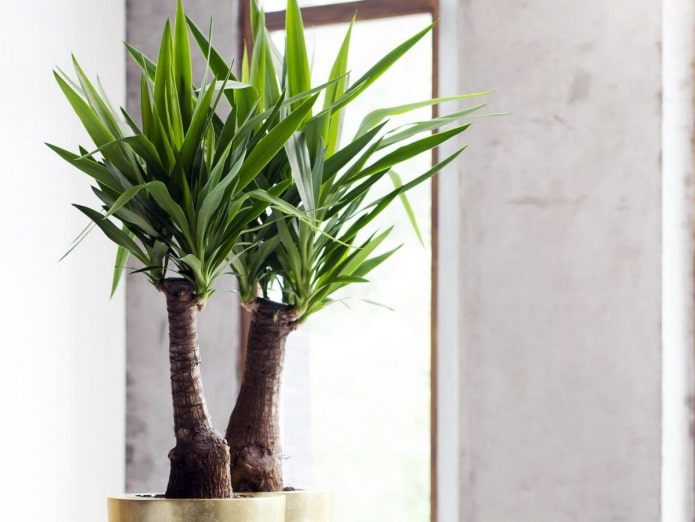
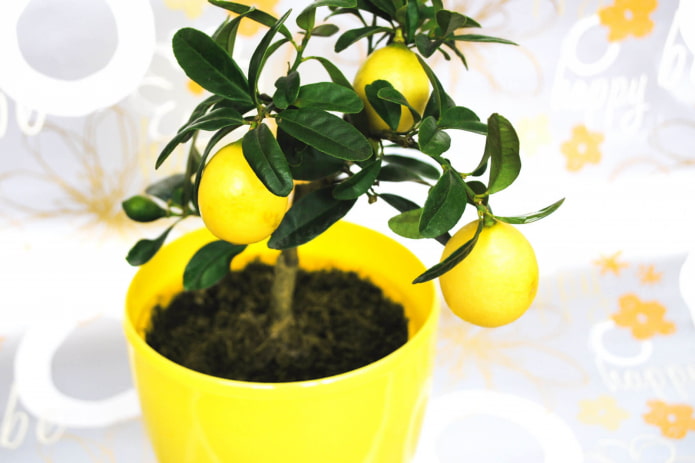

 13 bad habits a good housewife shouldn't have
13 bad habits a good housewife shouldn't have 24/7 home cleanliness - 4 secrets for the perfect housewife
24/7 home cleanliness - 4 secrets for the perfect housewife 6 hotels in Sochi that will give odds to the promoted foreign hotels
6 hotels in Sochi that will give odds to the promoted foreign hotels Top 10 interior design trends 2020
Top 10 interior design trends 2020 Rating of cheap TVs with Smart-TV
Rating of cheap TVs with Smart-TV New Year's LED garlands on AliExpress - we disassemble while it's hot, so that it's bright at home
New Year's LED garlands on AliExpress - we disassemble while it's hot, so that it's bright at home